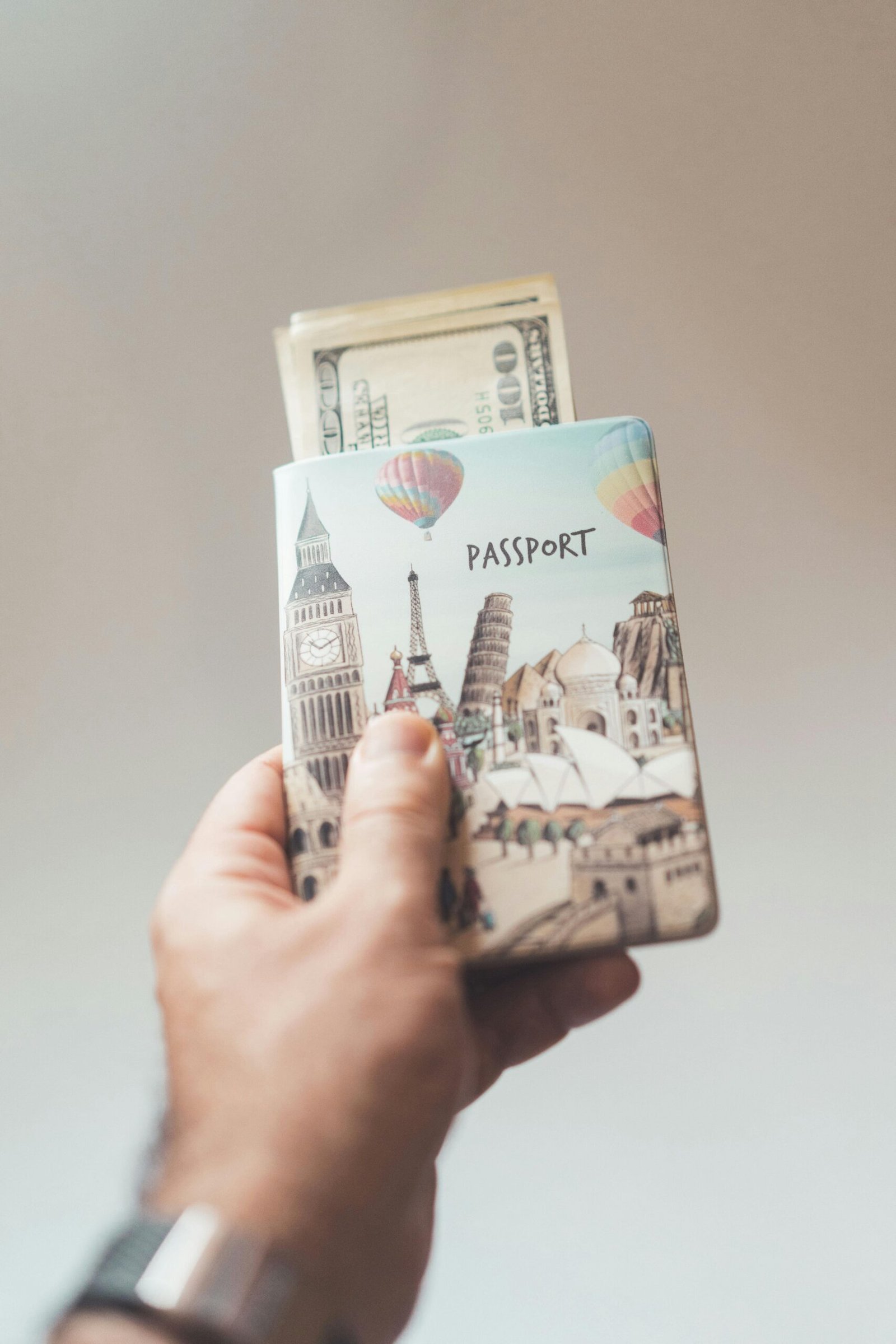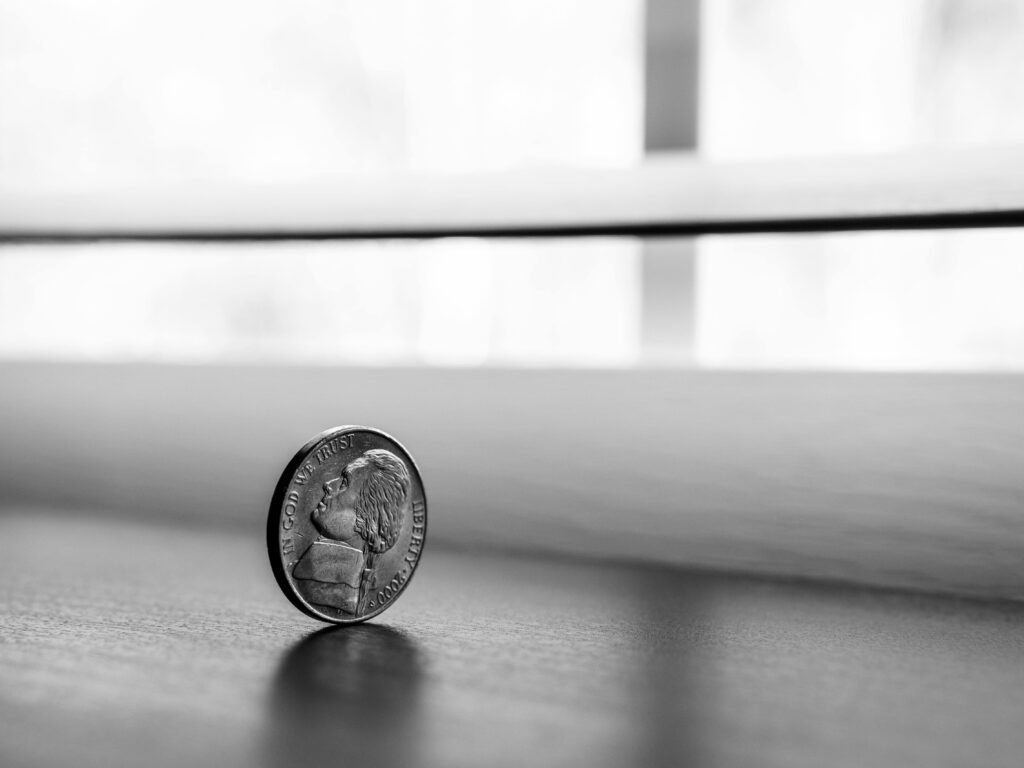
Saving money doesn’t have to feel like restriction or sacrifice. In fact, the most effective savers often don’t even notice the effort because they’ve built stress-free systems and habits that work in the background.
In 2025, where costs are rising and life feels busy, the key to saving is not “hustling harder.” It’s making saving calm, automatic, and aligned with your lifestyle. Think of it less as financial discipline and more as self-care for your future self.
Why Traditional
Saving Feels Hard
Many people struggle with saving because they see it as “what’s left over.” By the time rent, bills, and wants are paid, little remains. That creates guilt, stress, and the feeling that saving is only for the rich.
The truth is, saving becomes easier when you flip the script: instead of saving last, save first. By automating and simplifying, you can make progress without even thinking about it.

Stress-Free Saving Habits That Actually Work
1. Pay Yourself First
• Treat savings like a bill.
• Set up an auto-transfer from checking to savings every payday (even $50 builds momentum).
• This reduces the temptation to spend first and hope to save later.
2. Round-Up Savings
Link a card to a “round-up” savings app or bank feature.
Example: Buy coffee for $3.40 → $0.60 automatically goes into savings.
Small amounts stack up to hundreds each year without any effort.
3. Separate ‘Calm Funds’
Instead of one savings account, create small “buckets” for peaceful goals:
• Wellness Fund: spa days, gym memberships, or therapy.
• Travel Fund: weekend escapes or dream trips.
• Emergency Fund: peace of mind during uncertain times.
👉 When money has purpose, it’s easier to protect.
4. Automate Increases
• If you get a raise, bump savings by 10–20% automatically.
•. You won’t feel the difference in lifestyle, but future-you will.
5. Save in Percentages, Not Fixed Numbers
• Example: 10% of all income goes to savings.
• Works even if your income fluctuates.
• Prevents the “I can’t afford to save this month” excuse.
6. Use Calm Visuals
• Track progress with simple charts or apps that show growth.
• Visualization reduces money stress and makes saving satisfying.

Tools That Make
Saving Effortless
Acorns (Round-up Investing): Turns spare change into investments.
Qapital or Plum: Goal-based saving buckets with automation.
High-Yield Savings Accounts: Calm way to let money grow without risk.
The Mental Health Benefits of Stress-Free Saving
Peace of Mind: You know you’re preparing for the future.
Reduced Guilt: Small, automatic habits feel less restrictive than forced cuts.
Motivation Boost: Watching your travel or wellness fund grow sparks joy.
Resilience: Emergencies don’t feel like full-blown crises.

Conclusion:
Calm Habits, Lasting Impact
The art of saving isn’t about perfection or cutting everything fun. It’s about building small, calm systems that protect your future without draining your present. By automating, rounding up, and creating funds for things that actually make you happy, saving transforms from a burden into a quiet form of self-care.
Because the best savings plan is the one that lets you live well today and even better tomorrow.

Your gut does more than digest food, it talks to your brain. When your gut is out of balance, it can affect your mood, focus, and energy. A healthy gut helps you feel calmer, think clearer, and stay more positive from the inside out.

Everywhere you look, someone’s recommending a multivitamin. They promise stronger hair, glowing skin, and better energy, but do they really work? The truth is, most of us might not need one at all. Your body absorbs nutrients best from real food, not capsules. Still, for some women, the right supplement can fill small gaps in diet and lifestyle. The key is knowing what your body truly needs before reaching for the bottle.